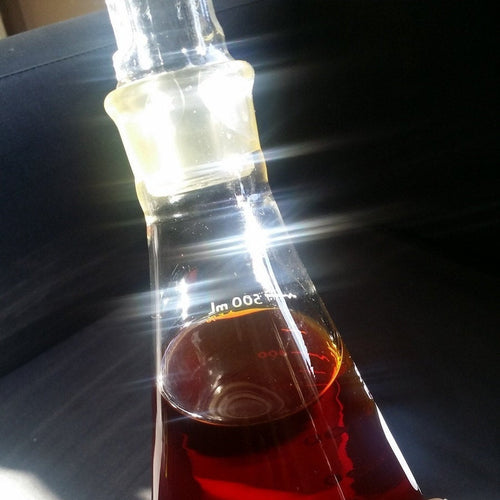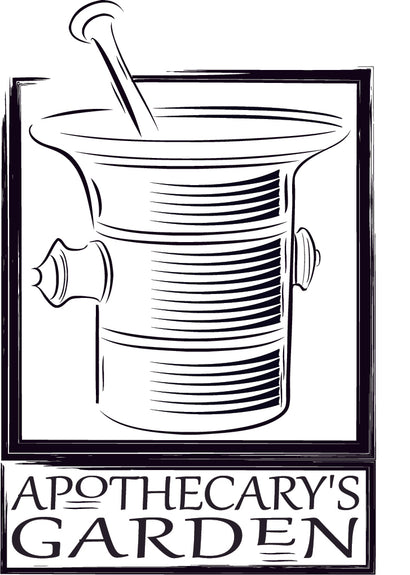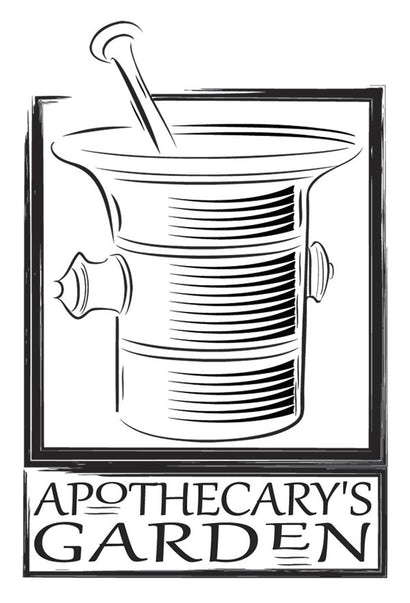U.S. CUSTOMERS: Tariffs are included in the product prices until the situation changes. Click here for more info.
U.S. CUSTOMERS: Tariffs are included in the product prices until the situation changes. Click here for more info.

How to prepare Castoreum and other aromatic delights
by Dan Riegler November 06, 2023 6 min read
How to prepare Castoreum and other aromatic delights
Castoreum-A classic perfume ingredient & fixative
Castoreum is highly valued as a perfume ingredient lending warmth, sensuality and tenacity to perfume blends. A google search will reveal an extensive list of popular perfumes that contain Beaver Castoreum.
Castoreum has a deep, sensuous, tenacious, leathery, woody scent, often with smoky undertones and hints of forest trees and plants. It is used as a fixative and a base to middle note in “Masculine”, Oriental and Chypre type perfumes, and in leather accords, which it can generate almost single-handedly.
What is Castoreum?
Castoreum is an alcohol tincture prepared from the aged scent “glands” of Castor Canadensis and Castor Fiber. Respectively, the North American and European Beaver. The twin sacs are found in both male and female Beavers, in cavities under the skin and between the pelvis and the tail. They produce an aromatic, resinous liquid used to mark territory and broadcast social/sexual signals.

Traditional medicine
Traditionally, Castor has been used as an antipyretic, and like some other aromatic animalic materials, to address hormonal imbalances.
Ethics and animal welfare

In Canada, the trapping of beavers is regulated by the government in an effort to conserve and protect wildlife, the ecology of our wetlands and reduce conflict between humans and animals. Cruel leg-hold traps are banned. Beavers are trapped for their pelts which have been a valuable commodity of our indigenous northern economy since time immemorial.
Fragrance & Flavour
In North America, Castoreum and Castor derivatives are deemed GRAS, or “Generally recognized as safe” by the FDA and have no restrictions on % present in food products where Castor derivatives have been used for vanilla and raspberry flavouring. Castor is used to flavour tobacco products around the world including cigarettes, snuff chewing Tobacco and Smokeless Tobacco. With a growing interest in gourmand food, one finds Castoreum used more often in alcoholic beverages and other artisanal gourmand creations.

A traditional Incense ingredient
Beaver Castor is sometimes used as an incense ingredient lending a sensuous, sultry and sexy note similar to Saffron. For incense use, one can blend finely powdered Castors, the pure resin extracted from them, or Castoreum tincture to the incense blend while dry or in the paste stage.
Castor ground in-house is in the Shop Here
Grade #1, 2 & 3 Castor sacs
Because the aromatic substance in the fresh Castor sacs starts out fluid, any damage to the thin outer membrane of the sac can lead to a loss of aromatic material. This most often happens during the delicate process of removing the well-hidden sacs and must be done with precision and an experienced hand. The whole, full and uncut castors of adult animals are graded as #1 grade. Sacs that have been damaged during removal are relegated to the lower 2 grades depending on the amount of aromatic material remaining in them.
Instructions for making a 10% tincture of Castoreum.
- Take-1 part aged Beaver Castors. Though whole sacs will yield themselves completely to the alcohol with time, chopping the hard sacs with a knife or shears expedites the process.
- Weigh the Castors and place in a wide-mouthed airtight container such as a mason jar.
- Measure 9 times the weight of the Castors in 95% alcohol.
- Cover the Castors with the alcohol
- Leave headroom in the jar. Aim to use a sufficiently large jar that will leave 1/3 to 1/2 of the jar for circulation. (In time you will notice droplets of evaporated alcohol beading on the inside of the glass and dripping back into the menstruum, mimicking Natures cycle of evaporation and condensation/rain).
- Store in a relatively warm place. Find a high spot where warmer air circulates.
- Shake or stir daily when possible.
- Wait at least 6 months, till the menstruum no longer darkens, and the material no longer lightens in colour-(Some prefer to let the tincture macerate for a year).
- Filter your tincture through a fine filtering medium. This could be as simple as pouring it through an unbleached paper coffee filter seated in a funnel.
- Set aside the filter and the spent material.
- Weigh the tincture.
- Pour enough alcohol through the filter and marc, (spent material), to bring the total weight of the tincture to 100%. As an example, if you used 10 grams of Castor and 90 grams of alcohol, your finished tincture should be 100 grams.
- Store the finished tincture in a cool dark place. It will keep for many years and even age and develop in subtleties of scent as time goes by. (Not all tinctures will behave this way, But the animalics tend to).
- On your vessel of finished tincture and in your workbook/formulary, mark down the date the tincture was started and any other particulars pertaining to the tincture, Moon phase, planetary associations and considerations, the ratio of alcohol to Castor, where the castors were from, etc.. Don’t leave anything to memory.
- Take clear notes! if you discover at a future date you have made a spectacular product, your clear notes will help you duplicate your success. Conversely, if your finished product does not live up to your standards and expectations, your notes will help you to not repeat the same mistakes.
Other perfume ingredients from Castors

Raspberry Castoreum-Sweet Castoreum
While fresh, the contents of the sacs are a thin yellowish liquid goo with a fruity, pungent, acrid odour. The process of drying and curing changes the colour and transforms the scent. A unique product can be prepared when the Castors are very fresh and the substance is still mobile. It has bright Raspberry notes and offers the perfumer a novel ingredient. If you can get Castors that are still fresh you can use the same instructions for preparing a "Sweet" Castoreum.

Cognac Castoreum and Absolute

One of my more successful, (fun), experiments creating unique perfume ingredients from Beaver Castors is “Cognac Castoreum. Two materials that share an aromatic affinity. The tincture is prepared in the same manner as regular Castoreum except the Castors are first macerated in Cognac or Brandy at a ratio of 1:1 by weight. After a few weeks, the material is spread out to dry. Once the alcohol and water have completely evaporated, I proceed to tincture the material in 95% alcohol as with regular Castoreum. An absolute of Cognac Castoreum can be made as described below.
Make an Absolute of Castoreum
An absolute of Castoreum can be made by gently evaporating the alcohol from the tincture. This can be done with a little patience and no expensive equipment by placing the Castoreum in a wide bowl covered tightly with a cloth to prevent dust and debris from entering. The bowl is then placed in a warmish place that has good air circulation such as the top of a refrigerator for as long as it takes to thicken to the consistency you desire. Needless to say, this absolute will dissolve readily in alcohol. However if the purpose is to use the absolute in oil-based products, (Beard oils and balms, moustache waxes or solid perfumes), a little Benzyl benzoate or Benzyl alcohol will facilitate the process.
How to prepare Castoroleum-An oil-based extract of Beaver Castors
Dried Beaver Castor will infuse carrier oils with its scent for use in solid or oil based perfumes. I use a ratio of 1:3 instead of the 1:10 of the alcohol tincture and grind the Castors first. Simply replace the alcohol with an enduring oil such as Jojoba or Fractionated Coconut oil which have a very long shelf life and little odor of their own. Adding a little Benzyl Benzoate, (3-10%), or Benzyl alcohol helps to loosen up the more stubborn compounds to the carrier oil. Benzyl alcohol is one of the compounds found in Beaver Castors and has a natural affinity with it. It acts as a intermediate solvent and can be used as the sole solvent in an extract if desired,
And remember, always take clear notes.
Your future self will thank you. Dan
Leave a comment
Comments will be approved before showing up.
Also in Apothecary's Garden Blog

How to make a Frankincense Resin Extract with Boswellic acids
by Dan Riegler February 13, 2025 5 min read
The resin portion of Frankincense contains very valuable therapeutic compounds called Boswellic acids. You won't find them in the water-soluble gum, and you will not find them in the essential oil of Frankincense. We cannot use these resin acids to their fullest extent until we liberate the resin from the gum portion.

Sumatrana Benzoin-A New sustainable resin for Medicine, Incense and perfume
by Dan Riegler February 05, 2025 5 min read
Sumatrana Benzoin is harvested sustainably by farmer families in a small area of Northern Sumatra. This resin is unique in that it has floral notes other Benzoin types Lack. It has only recently been introduced to the Western market for use in perfume, medicine, incense and cosmetics.

How to make a Medicinal Tincture of Frankincense
by Dan Riegler January 23, 2025 5 min read
There are several ways we can benefit from the anti-inflammatory and anti-cancer resin compounds found in Frankincense resin. A tincture is one of them and an easy product to make at home.
Recent Articles
-
How to make a Frankincense Resin Extract with Boswellic acids
February 13, 2025
-
Sumatrana Benzoin-A New sustainable resin for Medicine, Incense and perfume
February 05, 2025
-
How to make a Medicinal Tincture of Frankincense
January 23, 2025
-
Frankincense as Medicine-Truth, Myth, and Misinformation
January 15, 2025
-
Sustainable Frankincense from the Samburu women of Kenya
December 04, 2024
-
How to make a Tincture of Myrrh for oral health
November 27, 2024
-
Green Frankincense Demystified
October 04, 2024
-
How to make an oil extract of Frankincense-2 methods
January 17, 2024
-
Suhul Myrrh-A gift from the trees
January 03, 2024
-
How to prepare Winter Medicine with local Tree Resins
December 14, 2023
Categories
- Akba
- Ambergris
- Animal Welfare
- Animalics
- Anti-inflammatory
- Aphrodisiacs
- Aphrodite
- Apothecary Arts
- BA
- Benzoin
- Boswellia
- Boswellia Carterii
- Boswellia Frereana
- Boswellia Neglecta
- Boswellic Acids
- Boswellis Serrata
- burn incense
- cancer
- Censer
- Chest Rub
- Commiphora
- Commiphora Myrrha
- Copal
- Cough Balm
- DIY
- DIY Frankincense extract
- Fair trade
- ferula
- Frankincense
- Frankincense Absolute
- Frankincense as medicine
- Frankincense Extract
- Frankincense Neglecta
- Frankincense Sacra
- Frankincense Tincture
- Frankincense tutorial
- Incense
- Incense burners
- Incense Making
- Incense Resins
- kenya
- Medicated oils
- Medicine chest
- Muscle Rub
- Musks
- Myrrh
- Myrrh tincture
- new
- Perfume
- Perfume Ingredients
- Perfume Making
- Perfumery
- Pine
- Pine Resin
- Resin extract
- Royal Green Hojari
- Sacred Copal
- Samburu
- Spruce Resin
- Suhul Myrrh
- Sultans Select
- Sumatrana Benzoin
- Sustainability
- Sustainable Frankincense
- Sustainable Harvest
- tincture
- Traditional Medicine
- Tree Medicine
- Tree Resins
- Tutorials
- Wildcrafting
- Wood finishes
Where are you Blog posts Dan?
Please bear with me as I rewrite, update and link my old Blog posts to the new shop. If you don't see the tutorial or post you are looking for, pop in periodically. I should have them all up, updated and running in the next few weeks.
Subscribe
Sign up to get the latest on sales, new releases and more …
- Comments
- DISQUS





